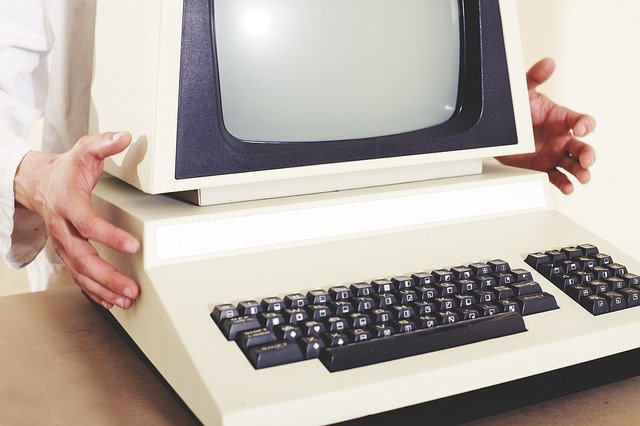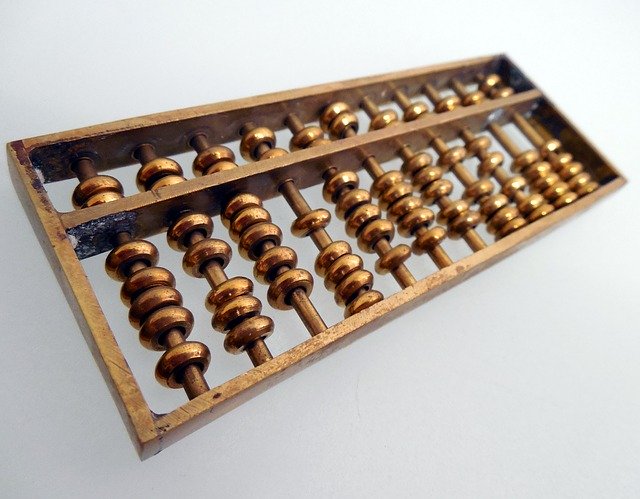
Early computers were only conceived as calculating devices.
Since ancient times, simple manual devices like the abacus aided people in doing calculations.

Early in the Industrial Revolution (early 1760s), some mechanical devices were built to automate long tedious tasks, such as guiding patterns for looms (apparatus for making fabric by weaving yarn or thread).
More sophisticated electrical machines did specialized analog calculations in the early 20th century. The first digital electronic calculating machines were developed during World War 2. Colossus was a set of computers developed by British codebreakers in the years 1943–1945 to help in the cryptanalysis of the Lorenz cipher (In cryptography, a cipher is an algorithm for performing encryption or decryption). Colossus used thermionic valves to perform Boolean and counting operations.
Conventionally, a modern computer consists of at least one processing element, typically a central processing unit (CPU) in the form of a metal-oxide-semiconductor (MOS) microprocessor, along with some type of computer memory, typically MOS semiconductor memory chips.
Charles Babbage, was an English mathematician, philosopher, inventor and mechanical engineer, and polymath, who originated the concept of a programmable computer.
He is considered as the "Father of the computer". He conceptualized and invented the first mechanical computer in the early 19th century.
Analog computers
For computation, analog computers used a direct mechanical or electrical model of the problem as a basis. However, these were not programmable and generally lacked the versatility and accuracy of modern digital computers.
Digital computers
- Electromechanical, in which electric switches powered mechanical relays to perform the calculation. These devices had a low operating speed and were eventually replaced by much faster all-electric computers, originally using vacuum tubes.
- Vacuum tubes and digital electronic circuits , purely electronic circuit elements which soon replaced their mechanical and electromechanical equivalents, at the same time that digital calculation replaced analog.
- Modern computers, which we already discussed in the beginning of this page. Stored programs, Transistors, Integrated circuits (ICs) helped in developing the modern computer.
- Mobile computers, laptops such as Grid Compass which was one of the first laptop computers, removed the requirement by incorporating batteries and with the continued miniaturization of computing resources and advancements in portable battery life, portable computers grew in popularity in the 2000s. Also, which led to the development of cellular mobile phones by the early 2000s.